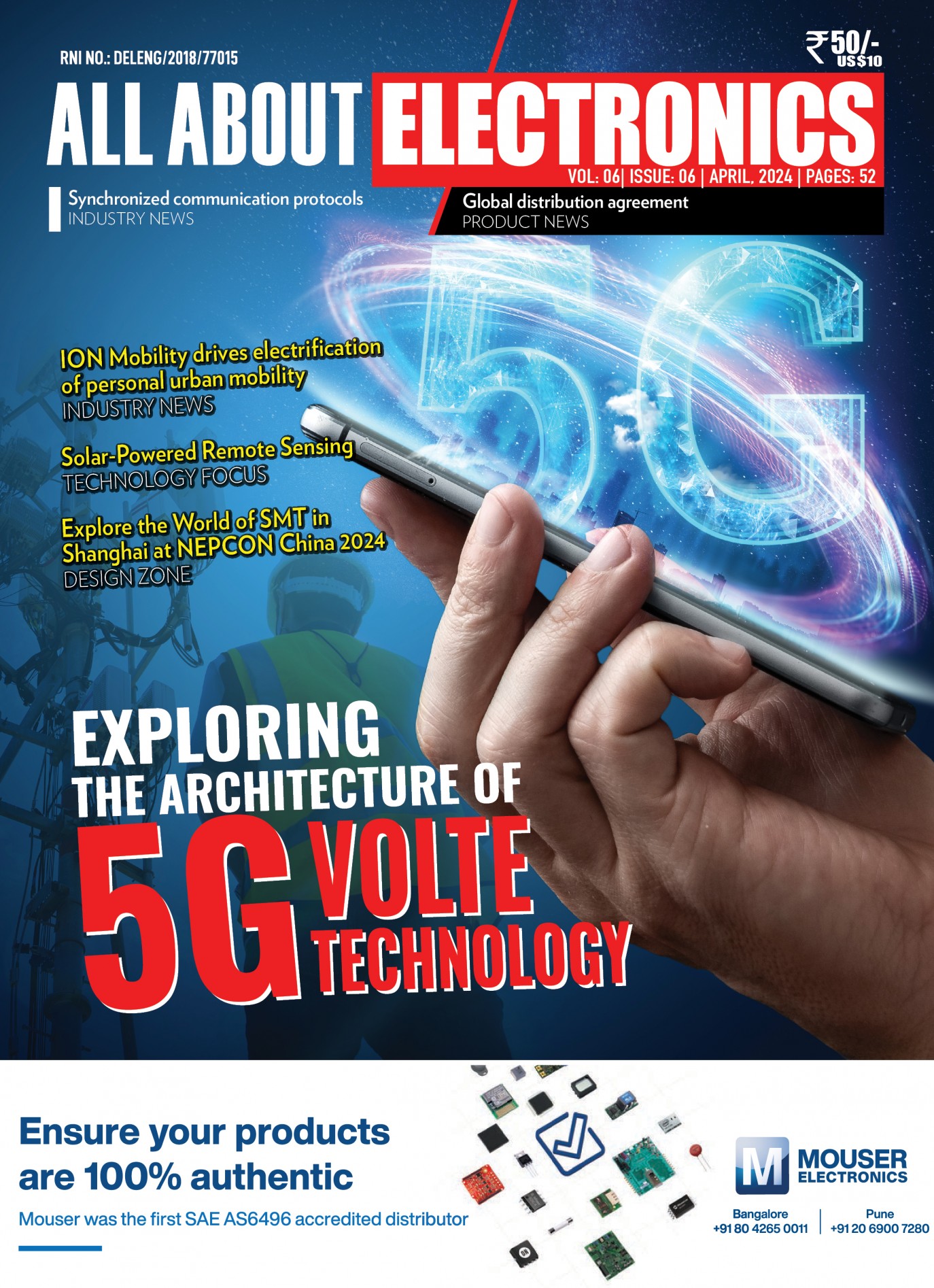Solar submersible pumps are a vital component of water pumping systems, providing a reliable and sustainable solution for irrigation, drinking water, and other applications. Traditional submersible pumps, however, have serious drawbacks, such as low efficiency and subpar functionality in low-light settings. Engineers have developed BLDC solar submersible pumps with MPPT (Maximum Power Point Tracking) active controller cards to overcome these issues.
Electric motors using BLDC (Brushless DC) technology rely on electronic commutation rather than mechanical brushes to regulate current. Consequently, it consumes less energy, lasts longer, is more reliable, and functions better when exposed to dim lighting. MPPT active controller cards are utilized to enhance the solar submersible pump’s functionality further.
The Advantages of BLDC Technology
Water pumping systems that use BLDC technology have significant benefits over conventional submersible pumps. Some of the many advantages of BLDC technology are as follows:
- Compared to conventional submersible pumps, BLDC motors have far lower power losses; hence they are very energy efficient. As a consequence, both energy use and operational expenses decrease.
- Improved Durability and Longevity Since BLDC motors don’t need brushes, they last longer without wearing out as quickly. Further, electrical commutation guarantees steady and constant operation.
- Since BLDC motors are optimized to perform well even in low-light settings, they are an excellent choice for solar submersible pumps. This means the pump’s outstanding performance is not limited to sunny days; it works well in the early morning and late evening.

The electronics that power BLDC submersible pumps
An active BLDC controller is essential for solar submersible pumps. They improve pump reliability by adjusting motor speed and output. The controller card processes sensor data to provide a motor start, stop, and speed commands. Active control reduces energy waste and optimizes pump efficiency by managing the pump’s motor energy. Solar submersible pumps depend on their operational BLDC controller boards.
Since the horsepower of submersible pumps varies so much (from 1HP to 10HP), there is no universal controller card. Depending on the voltage range and motor wattage, the controller card can be equipped with either a MOSFET/IGBT or an IPM. A significant difficulty is keeping the motor’s efficiency constant in fluctuating sunshine (fewer light results in less voltage and current). If we try to draw additional power from the solar panel, the voltage drops dramatically after a certain threshold.
The Role of MPPT Active Controller Cards
A vital part of enhancing the efficiency of BLDC solar submersible pumps is played by MPPT (Maximum Power Point Tracking) active controller cards. The MPPT technique extracts the potential energy from solar panels by continuously monitoring the voltage and current production and changing the voltage to the motor.
Incorporating MPPT technology into solar submersible pumps has several advantages.
- MPPT technology may boost the power output of the pump by optimizing the voltage and current output from the solar panels.
- By increasing power production, MPPT technology decreases the number of solar panels needed to run the pump, lowering system costs.
- The system’s dependability is enhanced since faults or malfunctions are less likely to occur while the pump works at peak performance, thanks to MPPT technology.
To implement MPPT in a solar submersible pump active BLDC controller, you can follow these steps:
- Measure the input voltage and current from the solar panel to the controller.
- Use an algorithm to estimate the operating point of the solar panel, which is the point where the input power is at its maximum.
- Adjust the duty cycle of the BLDC drive to maintain the operating point of the solar panel at its maximum power point.
- Continuously monitor the input voltage and current, and adjust the duty cycle as needed to maintain maximum power.
Some standard algorithms for MPPT include Perturb and Observe (P&O), Incremental Conductance (IC), and Fuzzy Logic Control (FLC). You may implement one of these algorithms or develop a custom algorithm that best suits your specific application.
Specifically, the effectiveness of maximum power point tracking (MPPT) is highly dependent on the power estimate method’s precision and the control loop’s swiftness. A more efficient system and more power extraction are possible outcomes of a quick control loop with a precise algorithm.
The bottom line is that BLDC solar submersible pumps are the future wave, and you can ride them with us! You may improve your pump’s efficiency and dependability with a BLDC controller board that Cionlabs has developed.














